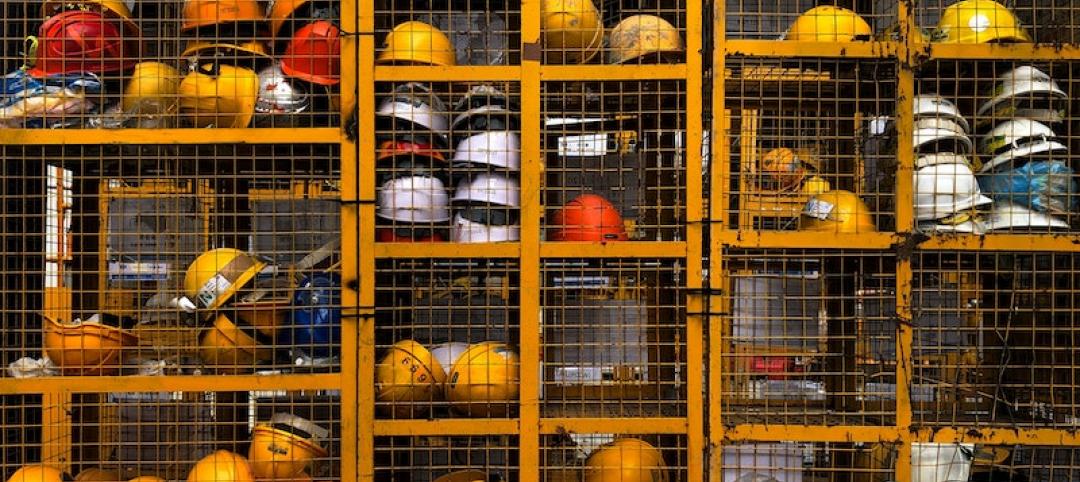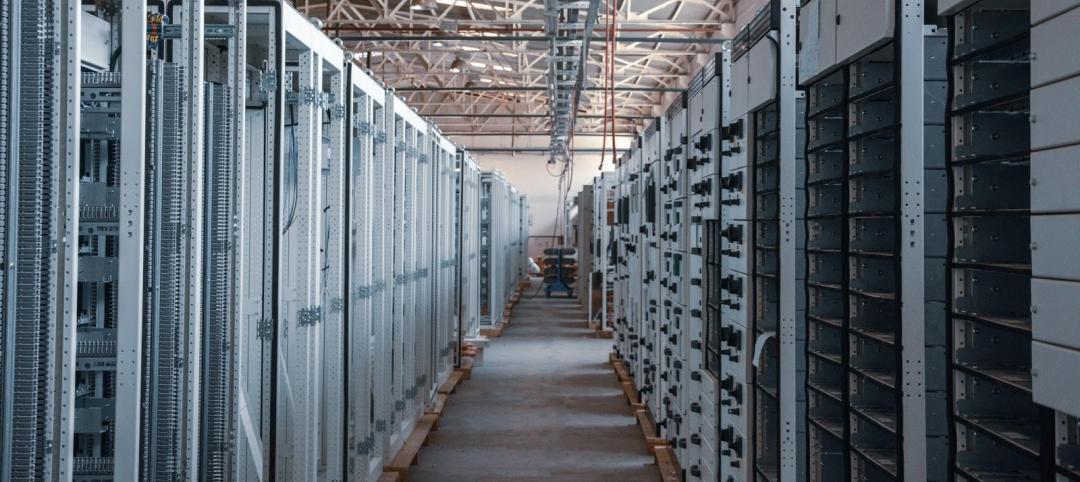Today the average person hardly needs to be reminded that the world is changing rapidly, and that adaptability is a necessity. We all see it around us and feel its impact every day. It’s as though we unconsciously classify trends into one of two lists in our heads, “these are dying” and “these are the future.” Flip phones are dying. Smartphones are the future. Taxis are dying. Ride-share services are the future. Brick-and-mortar retail is dying. Online shopping is the future.
Innovation Amnesia
But then, we tend to see generations go through innovation amnesia. A generation or more ago it was seemingly clear that fresh delivery services (remember the milk man?) were all but dead, while supermarkets were on a roll to the future. Then came the delivery revolution, and today Instacart and Door Dash are growing so fast that it’s those supermarkets whose future is in question.
Brick-and-mortar retail may well be on the verge of its own revolution - in the not-too-distant future its resilience will become apparent. It just needs a smart injection of technology to ensure that it stays on (or returns to) the “these are the future” list.
All retail must move quickly to remain relevant. This is why online shopping has been thriving, even before COVID started keeping people home more often. Faster decision-making is critical to the success of brick-and-mortar retail, and Artificial Intelligence is the key to its implementation. A physical retail location saddled with a glut of last month’s trending items is weighed down in a way a website in communication with an Amazon warehouse will never be. An outdated design that makes a physical store hard to navigate or explore can’t compete with a searchable shopping site.
Digging below the surface, a big part of the problem is that current design processes are slow, cumbersome, and driven almost entirely by intuition rather than data. Don’t get us wrong, intuition is a great complement to data analysis, but with the tools available today relying on intuition is like running a race on one leg.
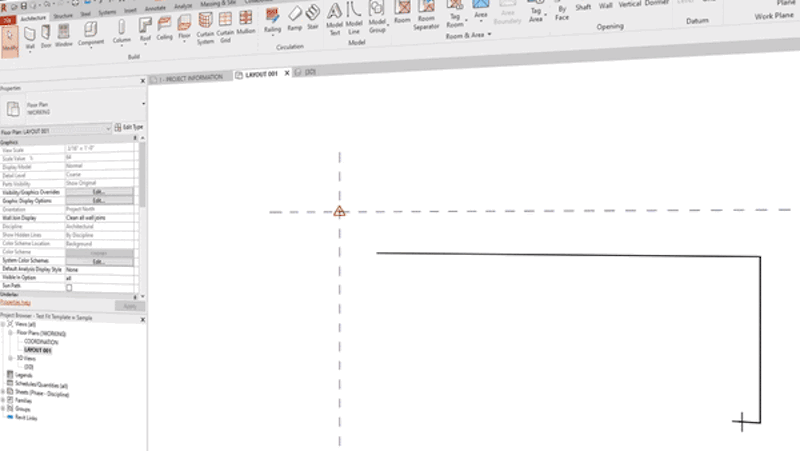 Retail Digital Transformation.
Retail Digital Transformation.
And so today there’s no excuse for a brick-and-mortar establishment to struggle with issues like these. As we work with more retailers and implement tools like reality capture, digital twins, and retail design automation, we are seeing improved agility and a reduced advantage to faster response times from e-commerce again. Faster decision-making will no longer be monopolized by digital storefronts - if the brick-and-mortar world is willing to invest in digital transformations and develop the advanced analytic systems to successfully exploit them.
At VIATechnik, we are starting to see elements of the brick-and-mortar store of the future, operating today. Clients using reality capture as the foundation of the digital twin of the store layout, and then chronicle each individual shoppers’ trip through the store – what their destination area may have been when they entered; where they lingered unexpectedly to look at something that caught their eye; which displays they simply ignored and walked past; and, in a world still affected by COVID, how they behaved when they encountered another shopper in the aisle.
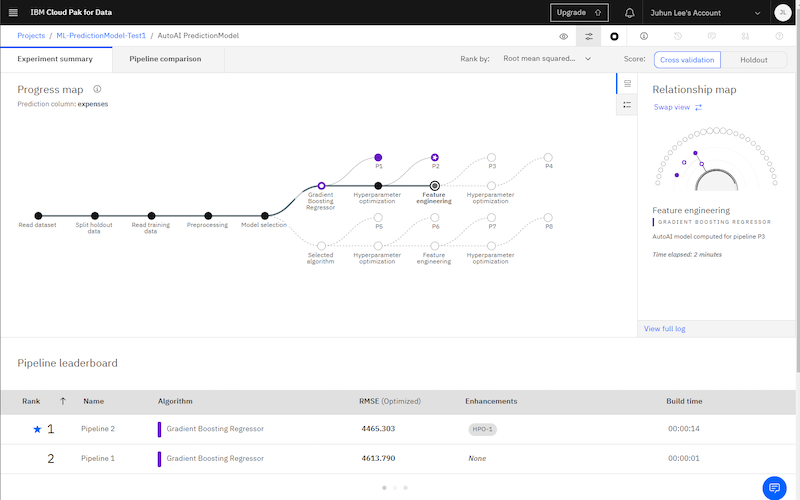 VIATechnik Utilizing Watson for Predictive Models.
VIATechnik Utilizing Watson for Predictive Models.
Now where it could get interesting is compiling that data, through intelligent machine learning platforms such as IBM Watson to sift through it all and identify patterns – maybe even segmenting shoppers based on within-segment similarities of behavior and analyzing their demographics or even their psychographics. By running simulations of how shoppers behave in variously evolved versions of the store’s digital twin, they can identify the incentives and barriers to a successful shopping trip – successful from both the customer’s and the store’s perspective. They can answer questions like:
- What factors are correlated with longer stays in the store – and especially longer-than-planned stays?
- What design elements are related to more spending per trip?
- Which customers are associated with a faster return trip to the same store?
- How does design influence the shopper’s apparent sense of safety, now or in a potential post-COVID future?
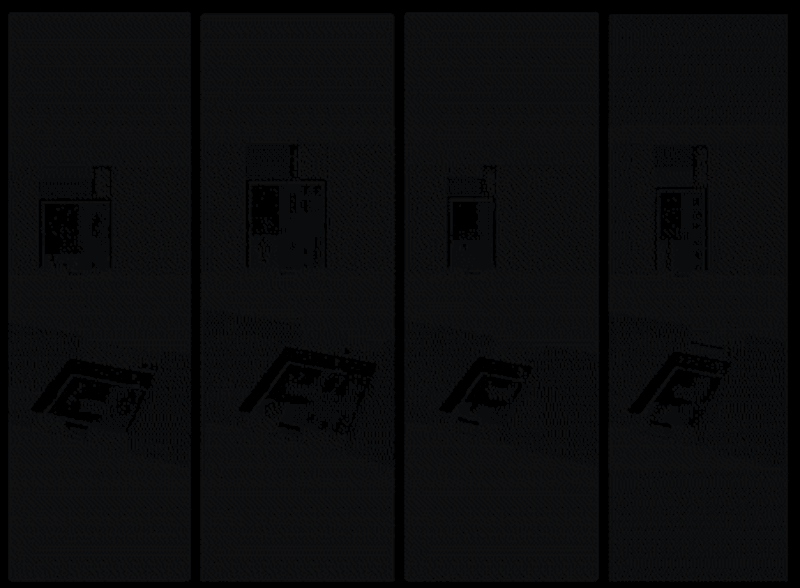 VIATechnik Retail Generative Design.
VIATechnik Retail Generative Design.
In particular, brick-and-mortar retail has often seen its remaining advantage over online shopping is both instant gratification and experiential retail: stores that make products available right then and there, and make visiting fun in and of itself, unrelated to the more functional purposes of the trip. This includes elements like video displays, free samples, end caps that with surprising and intriguing “treasure hunt” items that inspire spontaneous purchases. A leading grocery retailer told us: “Part of the magic that goes into our store design is the specialized knowledge and continued innovation during the course of the project by our merchants in all of the categories… It’s about ensuring that the latest food innovation/trends are incorporated by the time of store opening to serve the needs of our customers.”
Yet as of today this advantage has failed to prevent brick-and-mortar from losing ground to online shopping. This may be the most powerful benefit of the automated design capabilities now available to retailers: to create the new experiential retail experience and the new shopper treasure hunt, relevant for shoppers’ wants and needs today – and to rapidly evolve the design to accommodate evolving wants and needs going forward.
The Road Ahead
Marketing strategists talk about not only creating and leveraging advantages versus the competition, but neutralizing the competition’s own advantages. And so effective use of digital tools must not only elevate the engagement consumers feel with the entertaining side of a store visit, they must enable the store to be as fast, efficient, and cost-effective as online shopping for those who want only to quickly get in, find and purchase what they need, and get out. They must enhance every incentive to visit felt by a shopper and knock down every barrier.
It’s amazing what brick-and-mortar can do when it automates decision making around store design using automation and data. And when the innovation amnesia rolls around, people may even start saying “Brick-and-mortar is the future and online is yesterday’s news.”
More from Author
VIATechnik | Jul 17, 2023
Unlocking the power of digital twins: Maximizing success with OKRs
To effectively capitalize on digital twin technology, owners can align their efforts using objectives and key results (OKRs).
VIATechnik | Apr 19, 2022
VDC maturity and the key to driving better, more predictable outcomes
While more stakeholders across the AEC value chain embrace the concept of virtual design and construction, what is driving the vastly different results that organizations achieve? The answer lies within an assessment of VDC maturity.
VIATechnik | Sep 28, 2021
Getting diversity, equity, and inclusion going in AEC firms
As a professional services organization built on attracting the best and brightest talent, VIATechnik relies on finding new ways to do just that. Here are some tips that we’ve learned through our diversity, equity, and inclusion (DE&I) journey.
VIATechnik | Mar 2, 2021
Retail expectations vs reality in 2021
The reality of retail success in 2021 is proving to be based on a formula of mixing digital with the physical in pursuit of convenience.
VIATechnik | Nov 23, 2020
Agility is the game-changer in the post-COVID world
There has been a fundamental shift in how human beings live, work, and play. The built environment must shift in response.
VIATechnik | Oct 1, 2020
Smart buildings stand on good data
The coming disruption of owning and operating a building and how to stay ahead through BIM.
VIATechnik | Jul 15, 2020
Building pride: A Reflection of LGBTQ rights in construction
The Supreme Court did its job. The rest is up to us.
VIATechnik | May 8, 2020
Data centers as a service: The next big opportunity for design teams
As data centers compete to process more data with lower latency, the AEC industry is ideally positioned to develop design standards that ensure long-term flexibility.
VIATechnik | Mar 17, 2020
A tree grows in Stanford: CIFE, VDC, and where it all began
As our industry adopts VDC as standard practice, it is important to remember where these ideas began and continue to emanate from today.
VIATechnik | Mar 5, 2020
These 17 women are changing the face of construction
During this Women in Construction Week, we shine a spotlight on 17 female leaders in design, construction, and real estate to spur an important conversation of diversity, inclusion, and empowerment.







